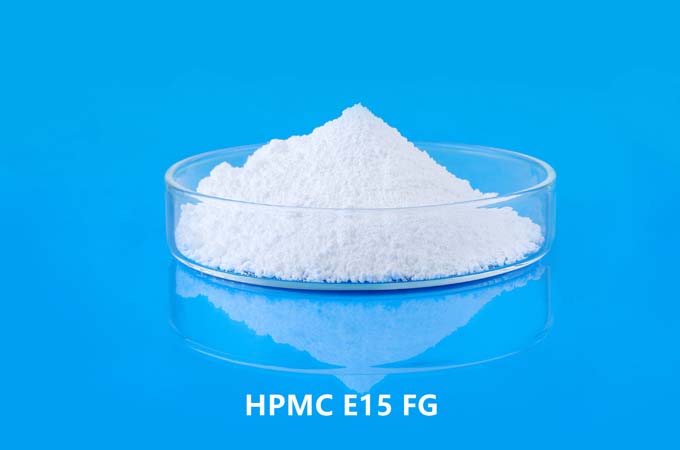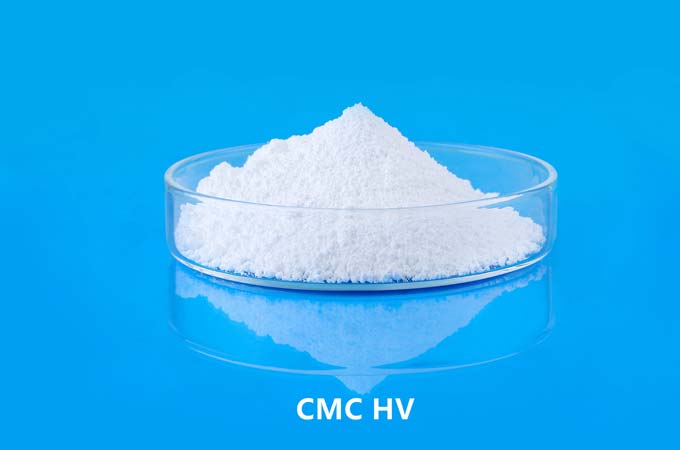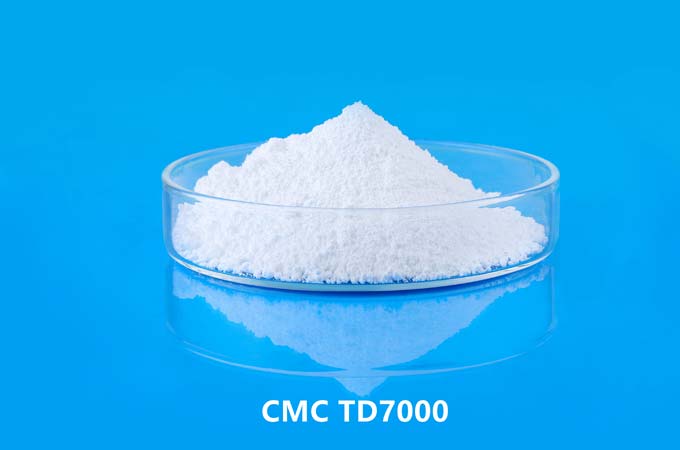Introduction
Hydroxypropyl methylcellulose (HPMC) is a cellulose-derived polymer commonly used in the pharmaceutical, food, and cosmetic industries. One of its significant applications is in the formulation of suspensions, where it can act as a stabilizing agent. Suspension stability is crucial in ensuring the uniform distribution of suspended particles, preventing sedimentation, and maintaining the efficacy and consistency of the final product.
Properties of HPMC
HPMC is a non-ionic, water-soluble polymer with unique properties that make it suitable for various applications. It is derived from cellulose through a process of methylation and hydroxypropylation, which enhances its solubility and functional properties. Key characteristics of HPMC include:
Viscosity Enhancement: HPMC solutions can exhibit a wide range of viscosities, depending on the concentration and molecular weight of the polymer. This property is vital for increasing the viscosity of suspensions, thereby reducing the rate of sedimentation of suspended particles.
Thermogelation: HPMC exhibits thermal gelation, where it forms a gel upon heating. This property is beneficial in formulations that require stability at higher temperatures.
Surface Activity: Made by HPMC manufacturer, this product can act as a surfactant, reducing the surface tension between different phases. This helps in the uniform dispersion of particles and prevents aggregation.
Biocompatibility and Non-toxicity: Being derived from cellulose, HPMC is biocompatible and non-toxic, making it safe for use in food and pharmaceutical products.
Mechanisms of Suspension Stabilization by HPMC
The stabilization of suspensions by HPMC occurs through several mechanisms:
Increase in Viscosity: By increasing the viscosity of the continuous phase, HPMC slows down the movement of suspended particles, reducing the rate of sedimentation. This is governed by Stokes' law, which states that the sedimentation rate is inversely proportional to the viscosity of the medium.
Formation of a Protective Barrier: HPMC can adsorb onto the surface of suspended particles, forming a protective barrier. This barrier prevents the particles from coming into close contact and aggregating, thus maintaining a uniform distribution.
Steric Stabilization: The polymer chains of HPMC extend into the continuous phase, creating a steric barrier that prevents particles from approaching each other closely enough to aggregate. This steric hindrance is particularly effective in maintaining the stability of colloidal suspensions.
Electrostatic Stabilization: Although HPMC is non-ionic, it can interact with other charged components in the formulation to enhance electrostatic stabilization. This can be particularly useful in suspensions with charged particles, where repulsive forces between similarly charged particles prevent aggregation.
Applications of HPMC in Suspension Formulations
Pharmaceutical Suspensions
In pharmaceuticals, HPMC is used to stabilize oral and topical suspensions. For oral suspensions, maintaining uniformity ensures accurate dosing and efficacy. For topical applications, stability prevents phase separation and ensures consistent application.
Antibiotic Suspensions: Antibiotic suspensions require stability to maintain potency and efficacy. HPMC helps in preventing sedimentation and maintaining uniform particle distribution, ensuring that each dose contains the correct amount of active ingredient.
Antacid Suspensions: Antacid suspensions often contain particles that are prone to settling. HPMC increases the viscosity of the suspension, keeping the particles uniformly dispersed and enhancing the product's effectiveness.
Food and Beverage Industry
In the food industry, HPMC is used in products like sauces, dressings, and beverages to improve texture and stability.
Sauces and Dressings: HPMC prevents phase separation and maintains a uniform texture in sauces and dressings. Its viscosity-enhancing properties ensure that particles remain evenly distributed, preventing sedimentation.
Beverages: In beverages containing suspended particles, such as fruit juices with pulp, HPMC helps in keeping the pulp uniformly dispersed, enhancing the visual appeal and mouthfeel of the product.
Cosmetic and Personal Care Products
In cosmetics, HPMC is used in products like lotions, creams, and shampoos to improve texture and stability.
Lotions and Creams: HPMC helps in stabilizing emulsions, preventing the separation of oil and water phases. This ensures a consistent texture and enhances the product's shelf life.
Shampoos and Conditioners: In hair care products, HPMC provides a smooth, consistent texture and helps in stabilizing suspended particles, such as conditioning agents and active ingredients.
Conclusion
HPMC plays a critical role in enhancing the stability of suspensions across various industries. Its ability to increase viscosity, form protective barriers, and provide steric and electrostatic stabilization makes it an invaluable additive in suspension formulations. In pharmaceuticals, food and beverages, and cosmetics, HPMC ensures that products maintain their efficacy, texture, and visual appeal by preventing sedimentation and phase separation. As a versatile and biocompatible polymer, HPMC continues to be a preferred choice for formulators seeking to improve suspension stability.
 English
English 日本語
日本語 français
français Deutsch
Deutsch Español
Español italiano
italiano русский
русский português
português العربية
العربية Türkçe
Türkçe Nederland
Nederland



